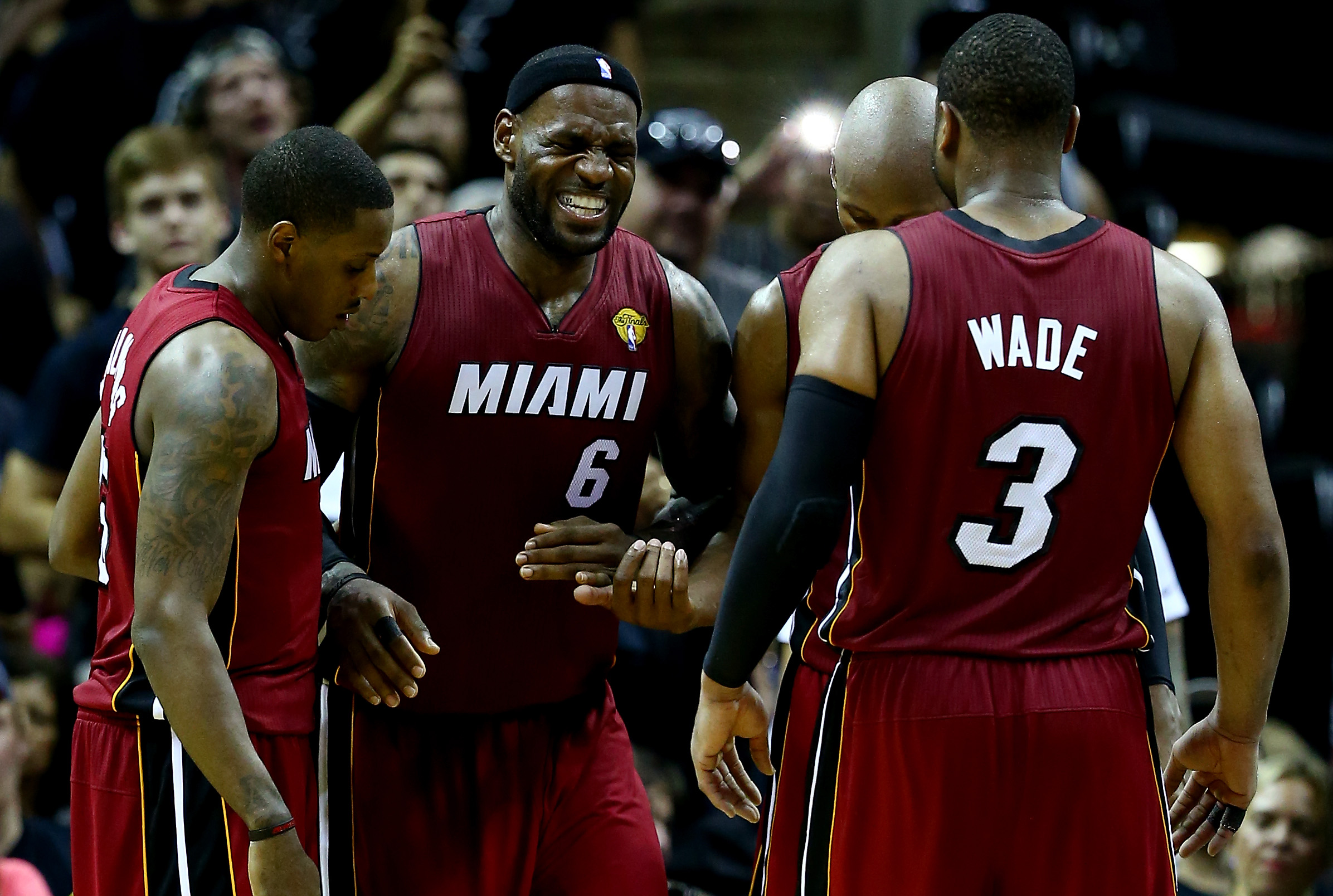
Miami Heat star LeBron James got overheated when the air conditioner broke down during game 1 of the NBA Finals Thursday—but hot weather doesn’t have to get you down this summer.
As on-court temperatures surpassed 90 degrees, James got leg cramps so bad he had to be carried off the court. After the Heat lost—with him on the bench—he said he had plenty of fluids during halftime and changed his uniform to get sweat off his body.
“I got all the fluids I need to get, I do my normal routine I’ve done and it was inevitable for me tonight,” he said. “I lost all the fluids that I was putting in in the last couple of days out there on the floor.”
One of the most common causes of muscle cramps is overexertion in hot environments. When doing physical activity, the body loses fluids through sweat, so it requires more fluids to keep it going. James was the only one who had to leave the game for cramps, and sports physician William J. Long noted the superstar’s history of cramps, speculating he might be more susceptible to the problem.
“When he gets dehydrated, he gets cramped,” Long, a specialist in knee and hip reconstruction, told TIME.
Another factor that may have contributed to the athlete’s cramps is the environment itself, Long said.
“It’s an unfamiliar environment, and in an unfamiliar environment your body goes into fight or flight response,” Long said. “Adrenaline rushes and that tends to mask early signs of dehydration.”
Long said many people may experience the problem of not being properly acclimatized to different environments, especially in the summer when they go from air-conditioned buildings to hot outdoor temperatures. To prevent dehydration and cramps, Long said the No. 1 thing you can do is know your body. People should allow time for their bodies to adjust to new environments, alter their behavior patterns in the summer, and be aware of the warning signs like an unusually pale complexion and severely increased heart rate and breathing.
More Must-Reads From TIME
- The 100 Most Influential People of 2024
- Coco Gauff Is Playing for Herself Now
- Scenes From Pro-Palestinian Encampments Across U.S. Universities
- 6 Compliments That Land Every Time
- If You're Dating Right Now , You're Brave: Column
- The AI That Could Heal a Divided Internet
- Fallout Is a Brilliant Model for the Future of Video Game Adaptations
- Want Weekly Recs on What to Watch, Read, and More? Sign Up for Worth Your Time
Contact us at letters@time.com